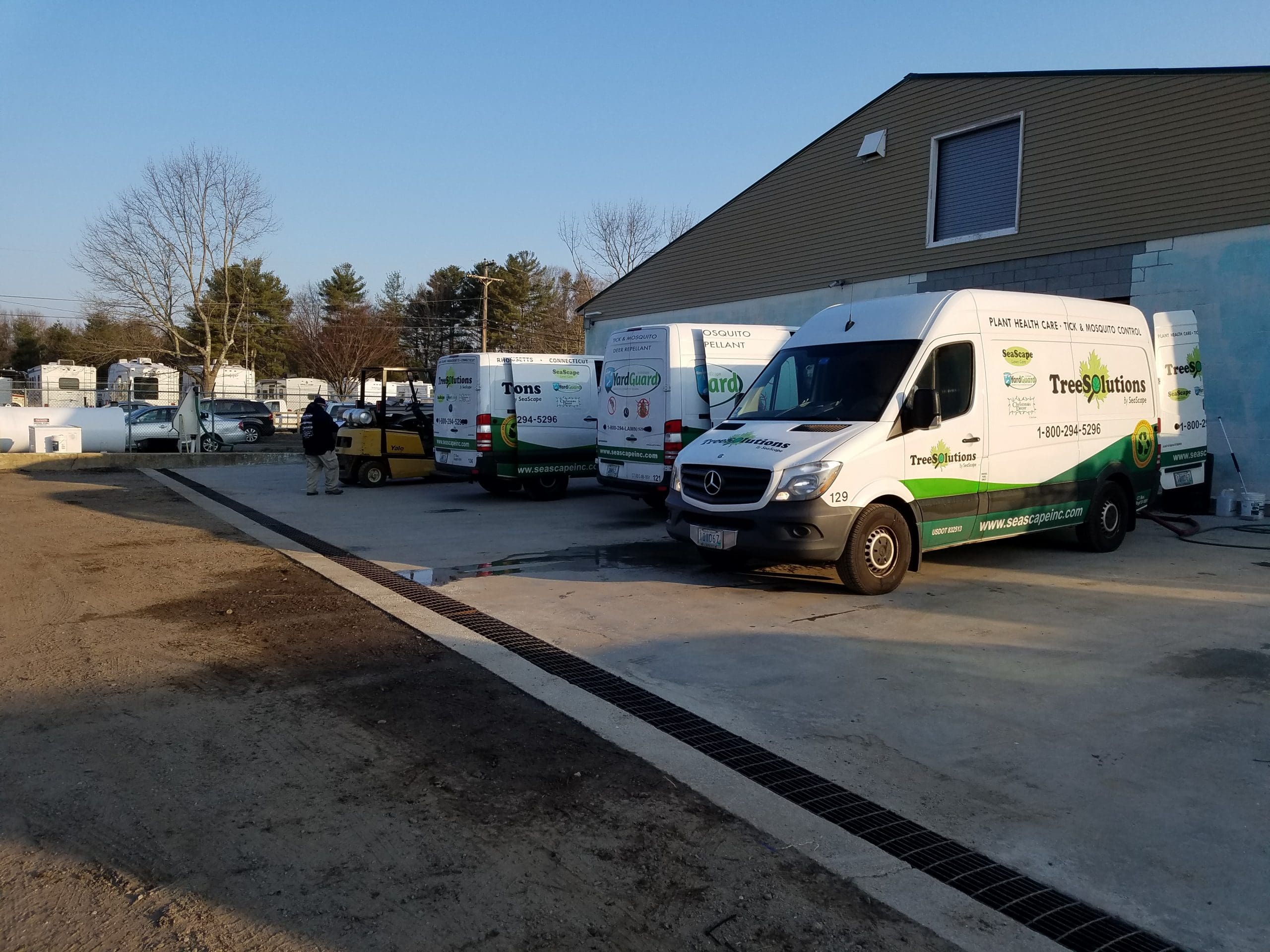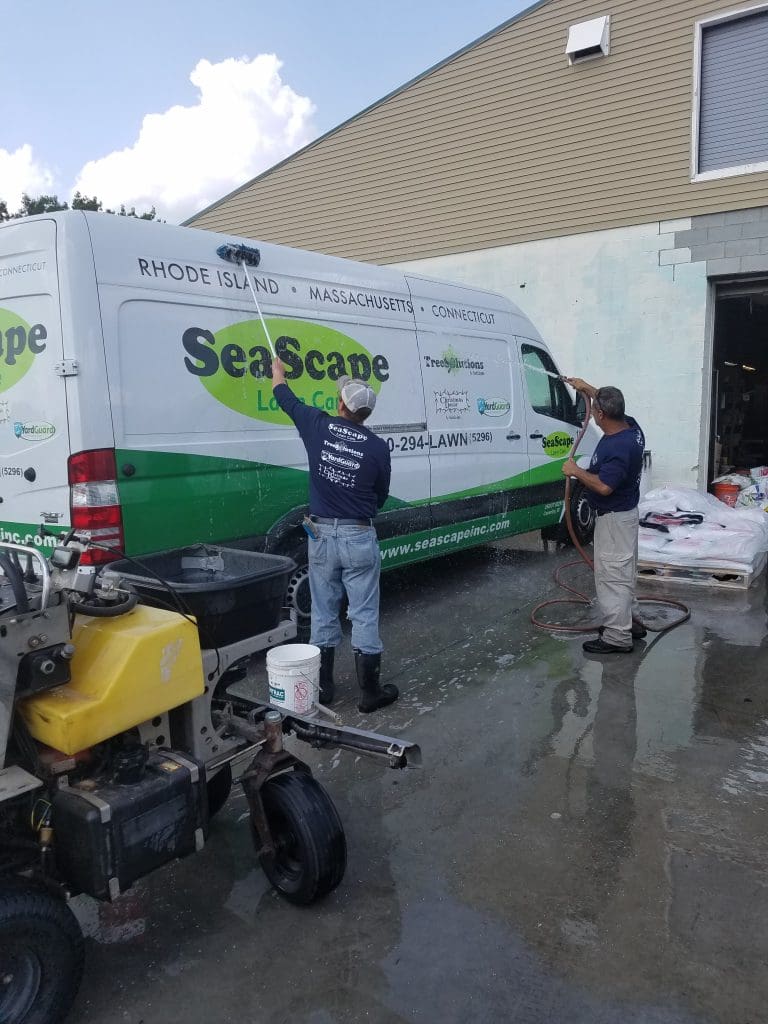
With a Ph.D. in turf management, finding ways to provide lawns with what they need — without overapplying — has always been a goal of Jim Wilkinson, president of SeaScape Lawn Care in Coventry, Rhode Island. In addition to developing an all-natural lawn care offering (as well as a hybrid approach), Wilkinson has also worked hard to make SeaScape a more sustainable business overall.
An industry veteran with close to 50 years of experience, this isn’t something that Wilkinson just jumped into because it’s trendy right now. He has always been committed to practicing more sustainability.
In fact, in 2015, the Rhode Island Department of Environmental Management (DEM) recognized SeaScape as the state’s first Green Certified Landscaping Company. In order to earn this certification, SeaScape had to complete an extensive checklist of best management practices, which covered everything from chemical use to waste management to overall safety. SeaScape has been able to maintain this certification to the present day. The company was also recognized by the Rhode Island Nursery and Landscape Association with an award when they first introduced their natural lawn care program.

While Wilkinson says that 90 percent of their customer base desires the traditional lawn care program, he says that hasn’t stopped him from making that offering as sustainable as it can be. That includes best practices like targeted applications of weed control (rather than just a blanket approach), diligence about cleaning up hardscaping, and using soil testing where applicable.
“From a material standpoint, we stopped using phosphorous on most lawns,” Wilkinson says. “We will only use it when seeding — so we’ve eliminated around 95 percent of our phosphorus use.”
Wilkinson has also invested in high-quality, slow-release fertilizers, which dramatically reduce the amount of fertilizer runoff that can occur. Three years ago, they also introduced their Water Savers Program, which incorporates water retention products that help the soil to hold in as much water as possible.
“We have found that for our clients who have signed on for the Water Savers Program, we’ve been able to reduce watering by about 30 percent,” Wilkinson says. “The overall response from clients has been that these products work really well.”
Of course, all products have to be applied properly. That’s why the company also takes a strong stance on employee education. They’re heavily focused on teaching proper and safe application methods.
But Wilkinson says that a huge component of sustainability is taking the time to educate customers about the cultural practices they’re performing in between visits. Their mowing and watering habits also play a big role in the overall health of the lawn — but many homeowners aren’t educated on these practices.
They’re often surprised there is a right and wrong way to mow the lawn!
SeaScape technicians also advise homeowners to leave their mowed clippings on the lawn so that they can naturally decompose and add nutrients into the soil.

In addition to their sustainable practices, SeaScape is also doing what it can to be a sustainable business. Wilkinson says that they have installed a rainwater collection system at their company headquarters. They also use a water recycling program in which they capture wash water from the trucks so that it can be reused.
“We have cut water usage in our own operations by as much as 90 percent,” Wilkinson says.
The company also uses industry software which has enabled them to go mostly paperless. Technicians now work with tablets and almost everything is done electronically — including invoicing.
Wilkinson says that these efforts did not happen overnight. It’s something that he has eased into — but it’s something that he encourages all lawn and landscape professionals to do.
“It’s a smart move to start making these changes because they’re eventually going to become expectations,” he says. “Taking steps toward offering more sustainable services and being a more sustainable business is not just good for the environment, but something that your customers care about. For us, it’s been instrumental in our growth.”
This article was published in the January/February issue of the magazine. To read more stories from The Edge magazine, click here to subscribe to the digital edition.

